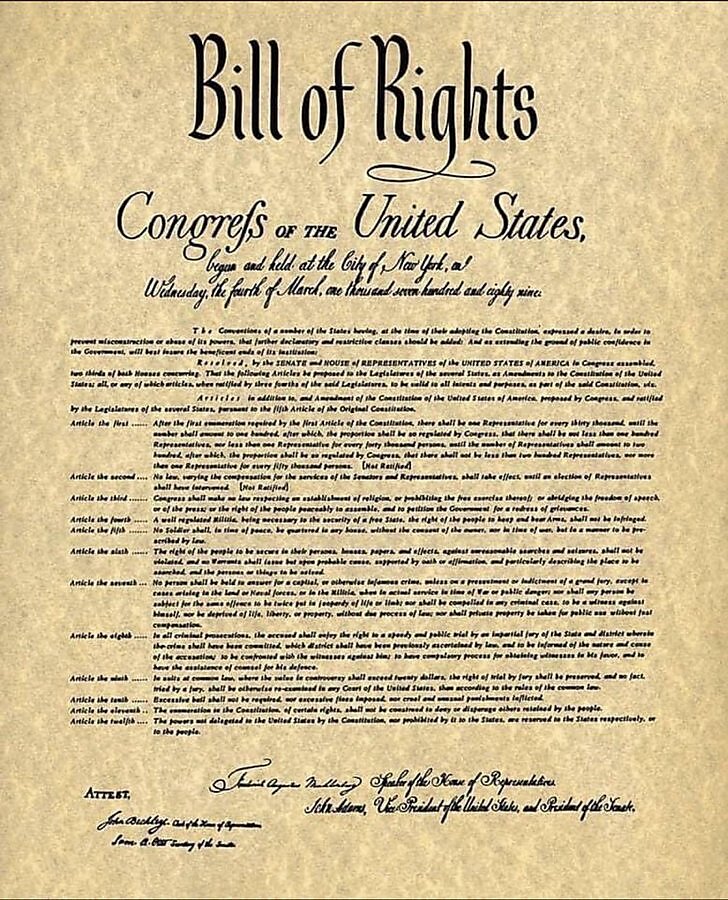When defendants in criminal cases are arrested in Lancaster County, Pennsylvania, they appear before magisterial district judges to be arraigned. Judges set the amount of cash bail at these hearings, but they do not take into account arrestees’ financial circumstances. This is unconstitutional. Incarcerating people before trial simply because they are too poor to pay for their release violates their rights to equal protection and due process.
So, arrestees sought to bring a class action in federal district court challenging Lancaster County’s practices. Nearly two years into the litigation, the district court denied the judges’ motion to dismiss the case. However, the district court then raised, on its own initiative, a doctrine called Younger abstention, which requires federal courts not to substantially interfere with ongoing state criminal proceedings. The district court ultimately decided to dismiss the case.
The arrestees now appeal to the Third Circuit. Cato filed a brief urging the Court to reverse the decision below and allow the case to proceed in federal court. The right to bail is an essential part of the Anglo-American tradition of personal liberty. Indeed, Pennsylvania’s founder, William Penn, was personally subjected to wrongful pretrial detention and defended the general availability of pre-conviction release.
This tradition reflected a truth that modern studies confirm: even short periods of pre-conviction detention can have harsh consequences for an accused individual, including job loss, loss of housing, and increased recidivism.
Besides neglecting the right to bail, the district court erred by injecting Younger into the case more than twenty months into litigation. The Lancaster County judges chose to roll the dice by seeking dismissal of the case in federal court; they lost, and now they want a do-over. The Third Circuit should deny them the chance.






